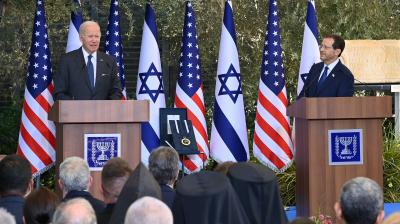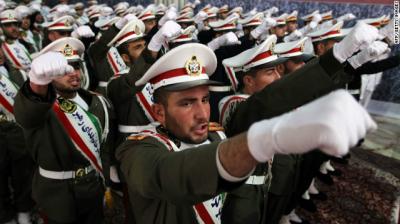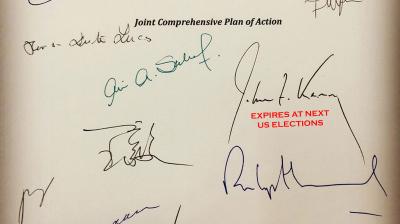Protests in Iran in comparative perspective
Successive protests in 2009, 2019 and 2022 have poignantly laid bare the much reduced social and political legitimacy of Iran’s ruling elites. Reform-from-within is no longer viewed as credible. Even former pro-reform leaders like Mousavi have abandoned hope and call for regime change. While further protests are inevitable, it is nevertheless unlikely that they will produce a revolution that overthrows the regime in the short-term, as long as their national organisation and leadership remain weak, Iran’s ruling elites cohesive, security forces loyal, and the administration continues to function. The country has witnessed hundreds of protests every year for the past few years, in addition to those of 2009, 2019 and 2022, but calls for fundamental change continue to go unheeded. The hope of the ruling elite is that the mix of repression and Iran’s dire economic situation will prevent protests from recurring. At best, quasi-reforms will provide some band-aids. In both scenarios, the Islamic Republic of Iran is no more in the sense that it lacks legitimacy among large segments of the population. It has also shed the elements of republican governance it used to have. And yet it lives on because it remains a capable state with a fairly cohesive ruling elite and ample coercive power. Iran is on course to become a classic one-party authoritarian regime, which may shed some of its religious orientations once its Supreme Leader leaves office for reasons of age. It remains to be seen how sustainable this will be given the crescendo of protests.








